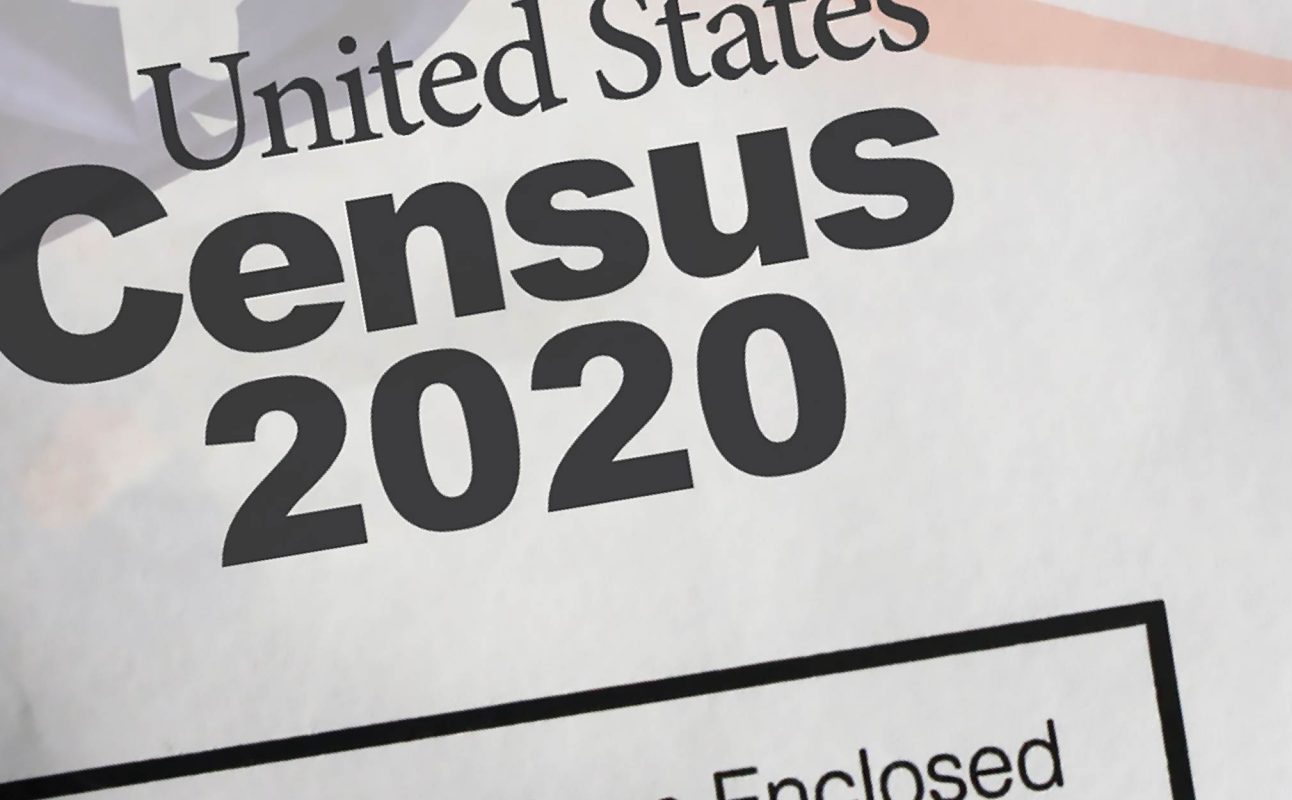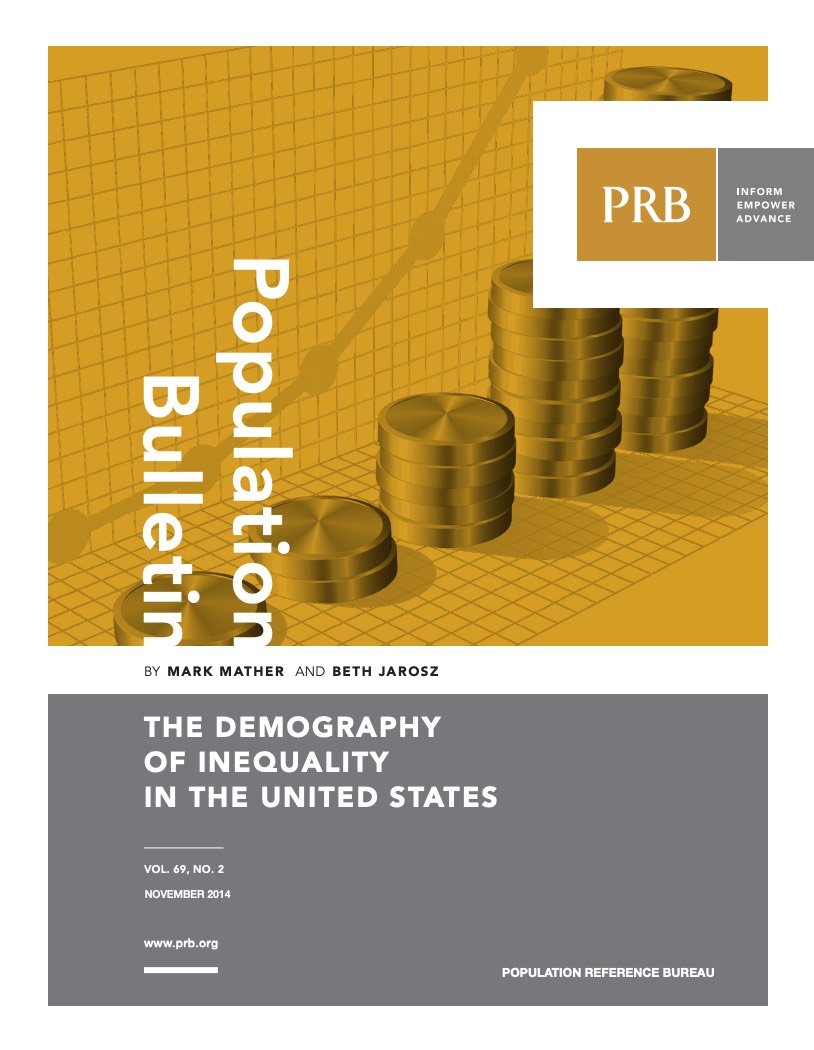The BRIC Countries
(2012) For some time now, Brazil, Russia, India, and China have been grouped together under the acronym BRIC. The BRICs are described as countries at the same stage of economic development, but not yet at the point where they would be considered more developed countries. The BRIC position argues that, since the four countries are "developing rapidly," their combined economies could eclipse the collective economies of the current richest countries of the world by 2050.




